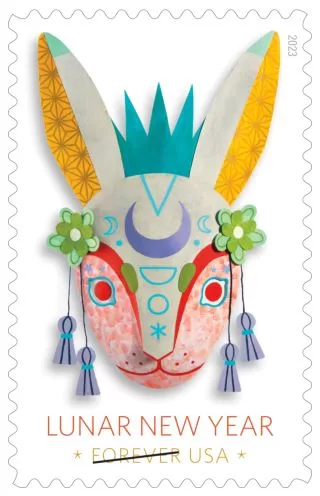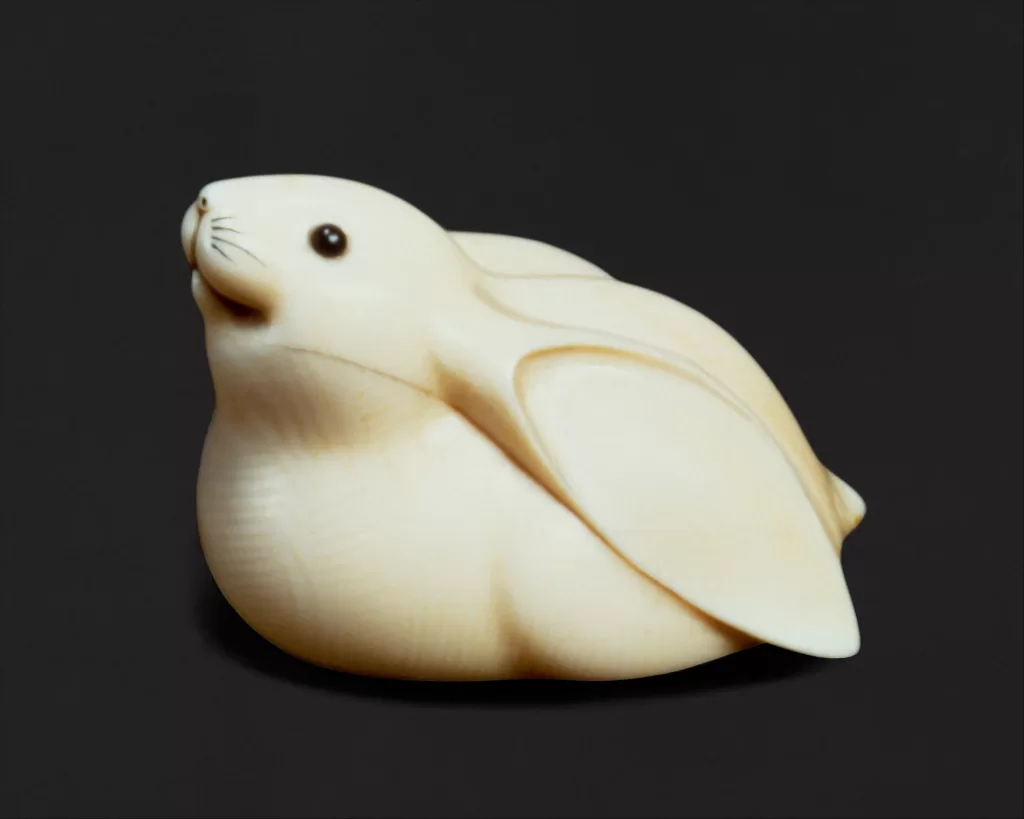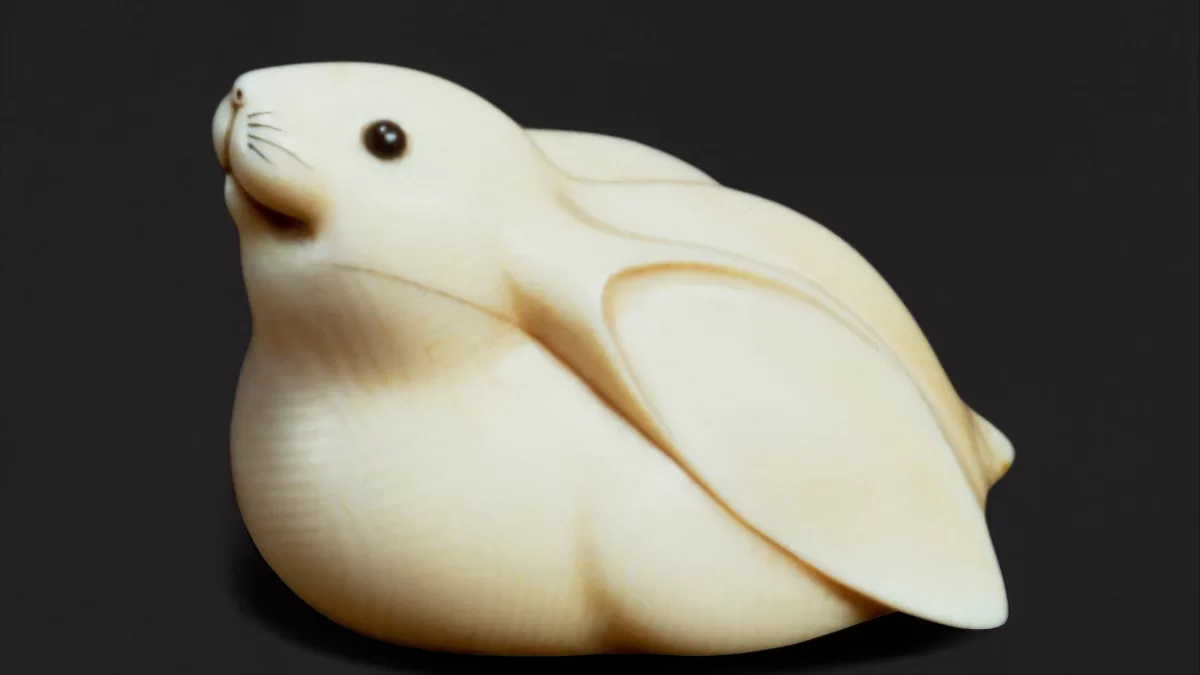
Later this month, the water rabbit hops into our lives as the Lunar New Year begins. The rabbit is noted to bring peace and prosperity, and 2023 in particular has been predicted to be a year of hope. While known as the year of the rabbit in many eastern cultures such as Chinese, Nepalese, Japanese, and Thai, the rabbit is replaced by the cat in Vietnamese culture. For Californians, this Lunar New Year is extra special, as Governor Gavin Newsom just signed into law new legislation that declares the Lunar New Year (observed as the second or third new moon after the winter solstice) a state holiday.
The Chinese Zodiac works on a cyclical calendar of twelve years, rather than the twelve-month Western zodiac. Therefore, 12 years ago—2011—was the last year of the rabbit. Other recent lagomorphic years include 1999, 1987, and 1975, with the next one coming up in 2035. While each animal of the zodiac has its turn to be in the spotlight once every twelve years, the animals also rotate between five elements. For example, this year’s rabbit is that of water, representing sensitivity and intuitiveness. It’s an empathic sign.
There are many foods that are considered to be lucky to indulge in for the Lunar New Year, and each has a special symbolism. Dumplings are considered to bring wealth, as they resemble silver “ingots,” or currency. Sweet rice balls, or “tangyuan,” bring family togetherness, coming from their name and round shape. Shrimp is another popular lunar new year food. It represents happiness, as the Cantonese word for shrimp is said to sound like laughter. A celebratory food eaten at the Lunar New Year in Japan is a special type of strawberry shortcake.
There are several events going on throughout the area to celebrate the Lunar New Year. The Port of Los Angeles is hosting the ninth annual Lunar New Year Festival on Saturday, January 21 from 3 – 7 PM. This free event will include crafts, lion dancers, and food and will be held at Cabrillo Way Marina.
Another fun family event is the LA Zoo Lights Aglow Community Nights in celebration of the Lunar New Year, being held on Friday, Saturday, and Sunday nights from January 6 – 22. Event tickets run approximately $39 per adult and the event will have dancers, dragons, and shows. Food trucks will also be available on-site, at an additional cost.
Another notable local event is the Lunar New Year celebration held at Disney’s California Adventure. The event is included with theme park admission, and includes crafts, calligraphy demonstrations, and special character meet and greets. A food tasting experience is also available for an additional fee.
The year of the tiger closes out on January 21, 2023, as the rabbit leaps onto the scene on January 22, 2023. The rabbit will hang around until February 9, 2024, when it will be replaced by the year of the dragon on February 10, 2024. The rabbit represents a serene year between two fast-paced and tumultuous ones, and this year brings new opportunities for reflection and rest.






